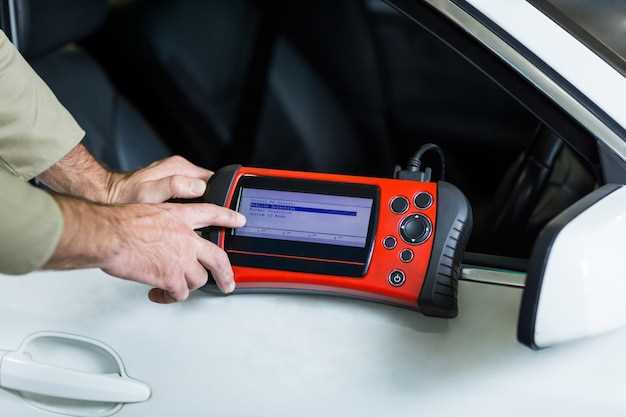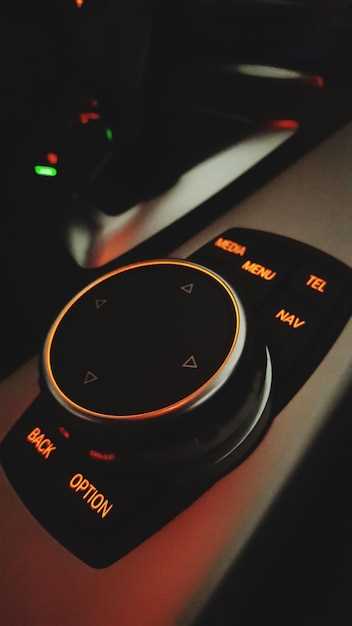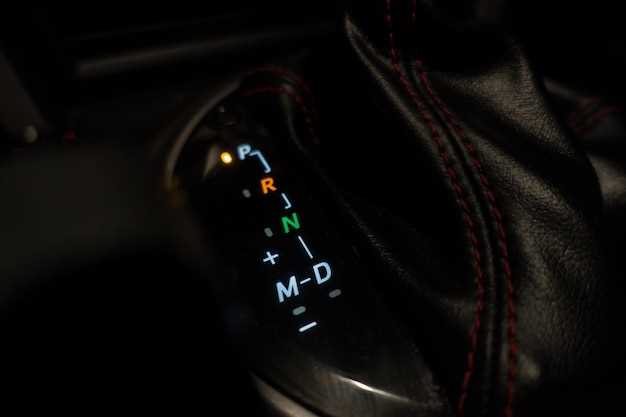
The modern motorcycle performance landscape has evolved significantly, with enthusiasts seeking to maximize the power and efficiency of their machines. A critical component of this endeavor is the integration of quickshifters, devices designed to enable seamless gear changes without the need to manually engage the clutch. When combined with custom ECU (Engine Control Unit) tuning techniques, quickshifters can unlock an entirely new level of performance, providing riders with a smoother and faster ride.
To fully understand the benefits of integrating quickshifters with custom ECU tuning, it is essential to explore how these technologies interact. Quickshifters function by momentarily cutting the ignition or fuel supply during gear shifts, allowing for uninterrupted power delivery. Meanwhile, custom ECU tuning modifies various engine parameters to enhance performance specifically for an individual motorcycle’s setup. When these two elements are effectively harmonized, the results can be transformative, improving not just acceleration, but overall riding experience.
This article delves into the intricacies of integrating quickshifters with ECU tuning techniques, examining the necessary adjustments, potential challenges, and the significant performance gains that can be achieved. Whether you are a seasoned mechanic or an enthusiastic rider looking to push your machine to the limits, understanding this integration can enhance your capabilities on the road or track.
Understanding Quickshifter Functionality in Specific Motorcycles
Quickshifters are advanced components designed to enhance the performance of motorcycles by enabling clutchless gear changes. They are particularly beneficial in racing and high-performance street bikes but can differ significantly in functionality across various motorcycle models. Understanding how quickshifters operate in specific motorcycles requires an examination of the technology used, integration with the engine management system, and the overall riding experience they provide.
In sportbikes like the Yamaha YZF-R1 and Kawasaki Ninja ZX-10R, quickshifters are often integrated into the bike’s ECU software. These systems utilize pressure sensors in the gear lever to detect shifts, facilitating an immediate reduction in engine power to allow for seamless gear changes. The optimal timing of power cut-off is crucial and can drastically affect performance; advanced models implement sophisticated algorithms that adjust to varying RPM and throttle positions. As a result, riders experience smoother transitions, allowing for maximized acceleration during hard riding.
In contrast, cruiser and touring motorcycles like the Harley-Davidson Softail or BMW K1600 GT typically lack the high-revving capabilities that sportbikes possess. However, some newer models offer quickshifter functionality as an optional feature. These systems are usually designed with a focus on comfort and ease of use, enabling smooth gear changes at lower RPMs. The quickshifter in these contexts aims to enhance the riding experience by minimizing physical effort rather than maximizing performance. The integration with the bike’s ECU is often less complex, relying on simpler algorithms that accommodate the nature of cruising.
Adventure motorcycles, such as the BMW GS series or the Honda Africa Twin, present another unique case. Many of these bikes come equipped with a quickshifter in their higher-end trims, catering to a diverse range of riding conditions. The quickshifter’s function is adjusted to account for varying terrains and riding styles, allowing for smooth gear shifts not only on paved roads but also in off-road environments. The systems take into account parameters like load and tilt, ensuring the quickshifter operates effectively regardless of the surface type.
Overall, the functionality of quickshifters varies significantly across different motorcycle categories. The integration of these systems with custom ECU tuning techniques can further enhance their performance, allowing riders to tailor the quickshifter’s response to match their personal riding styles and preferences. Understanding these distinctions is critical for riders looking to optimize their motorcycle’s performance through advanced technology.
Adapting ECU Maps for Optimal Quickshifter Performance

Integrating a quickshifter into a motorcycle requires precise adjustments to the ECU map to ensure optimal performance and smooth operation. The quickshifter, designed to facilitate seamless upshifts without closing the throttle, relies heavily on the timing and fuel delivery parameters set within the ECU. This section discusses key strategies for adapting ECU maps to enhance quickshifter functionality.
Firstly, understanding the ignition timing is crucial. During an upshift, the ignition timing must be momentarily retarded to reduce engine torque, allowing for smooth gear transitions. Adjusting the ignition advance tables in the ECU map to introduce a slight delay during quickshifting will improve the shift quality and prevent drivetrain stress. A careful balance is necessary, as excessive retardation can lead to a loss of power and responsiveness.
Next, fuel maps require adjustment to accommodate the changes in engine behavior during shifts. The ECU should be configured to momentarily cut fuel during an upshift. This can be achieved by modifying the fuel cutoff duration in the closed-loop and open-loop maps. Optimizing the air-fuel ratio during this phase ensures that the engine runs smoothly and recovers quickly after the shift. Fine-tuning these values helps maintain power delivery while minimizing the risk of engine stalling.
Additionally, the shift point and the duration of the quickshifter should be calibrated based on the motorcycle’s intended riding style and performance goals. By analyzing data logs from actual riding sessions, tuners can better understand the engine’s response during shifts and adjust the ECU maps accordingly. This iterative process allows for precise calibration tailored to specific conditions, such as track riding versus street use.
Throttle position maps also play a vital role when integrating a quickshifter. Modifying the throttle response during gear changes can greatly enhance the rider’s experience. Creating a softer throttle curve during quickshifts allows the transition to feel more natural, reducing abrupt power delivery that could lead to loss of traction or stability. Employing throttle position adjustments ensures that the performance gains offered by the quickshifter are fully realized.
Incorporating advanced features such as predictive shift algorithms can further refine ECU map adaptations. These algorithms analyze throttle position, RPM, and load to optimally time shifts, ensuring that the engine operates at its best during these transitions. While implementing predictive behaviors can be complex, they ultimately provide a more performance-oriented riding experience.
Finally, extensive testing and real-world data collection are essential after making any adjustments. Each motorcycle model interacts uniquely with its quickshifter and ECU settings, necessitating thorough evaluation to ensure reliability and performance consistency. Consulting with experienced tuners and utilizing dyno testing allows for comprehensive validation of ECU map adaptations for quickshifter integration.
Addressing Common Issues in Quickshifter and ECU Integration

Integrating quickshifters with custom ECU tuning can significantly enhance a motorcycle’s performance, but several common issues may arise during this process. Addressing these challenges effectively is crucial for optimal functionality and rider experience.
One prevalent issue is improper signal calibration between the quickshifter and the ECU. Quickshifters rely on precise timing to interrupt the ignition or fuel delivery during gear shifts. If calibration settings are not correctly adjusted, riders may experience harsh or incomplete shifts. To mitigate this, it is essential to utilize diagnostic tools to fine-tune the quickshifter’s parameters, ensuring smooth transitions between gears.
Another concern is the impact of throttle position sensors (TPS) on quickshifter performance. If the TPS is misaligned or malfunctioning, it can lead to erratic shifts or engine stalling. Regularly checking and calibrating the TPS during the tuning process is vital to ensure accurate throttle response and reliable quickshifter operation.
Compatibility issues between various components can also pose challenges. Different manufacturers may use varying protocols for their quickshifters and ECUs, leading to communication failures. It is crucial to choose compatible systems or ensure that necessary adapters or firmware updates are applied to allow seamless interaction between components.
The installation of the quickshifter itself can introduce problems if not executed carefully. Improper mounting can result in misalignment or mechanical interference, affecting shifting performance and causing unnecessary strain on the transmission. Conducting thorough pre-installation checks and following manufacturer guidelines can help avoid such pitfalls.
Lastly, rider behavior plays a significant role in the effectiveness of quickshifter integration. Inexperienced riders may struggle with adjusting their shifting technique, leading to incorrect usage of the quickshifter. Providing riders with proper training and guidance on smooth throttle application during shifts can enhance their experience and prolong the life of the system.
By addressing these common issues proactively, enthusiasts can maximize the benefits of integrating quickshifters with custom ECU tuning, ensuring superior performance and satisfaction on the road.

